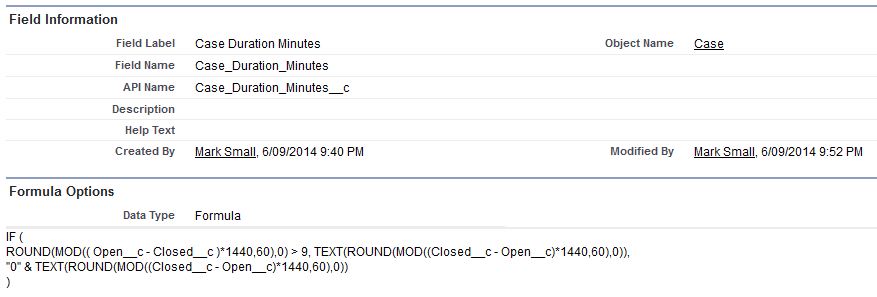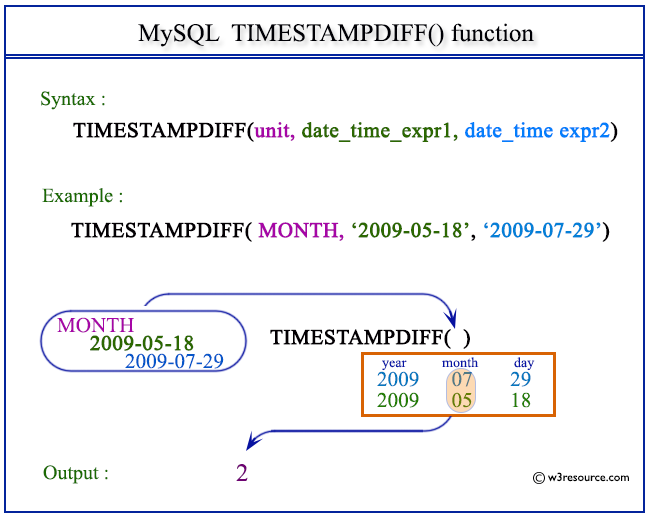

Its behavior is identical to the Subtraction(DateTimeOffset, TimeSpan) method, which defines the subtraction operator. Use DATEADD to subtract a specific number of a specific interval, like so: DATEADD (minute, (-1 c.TimeZoneBias), a.ActualEnd ) Share. You can use the Subtract method to subtract more than one kind of time interval (days, hours, minutes, seconds, or milliseconds) in a single operation. DateTimeOffset firstDate = new DateTimeOffset(2018, 10, 25, 18, 0, 0,ĭateTimeOffset secondDate = new DateTimeOffset(2018, 10, 25, 18, 0, 0,ĭateTimeOffset thirdDate = new DateTimeOffset(2018, 9, 28, 9, 0, 0,ĭifference = firstDate.Subtract(secondDate) Ĭonsole.WriteLine($"(" // Displays 5:30:00 PM -08:00ĭim offsetDate As New DateTimeOffset(# 11:30AM#, _ĭim duration As New TimeSpan(7, 18, 0, 0)Ĭonsole.WriteLine(offsetDate.Subtract(duration)) ' Displays 5:30:00 PM -08:00

If the second query includes the records which. It takes the distinct result set of the first query, then filter out the records which appear in the result set of the second query.

The following example illustrates subtraction that uses the Subtract(DateTimeOffset) method. SQL MINUS query or SQL EXCEPT query is used to subtract out the result of second query from the result of the first qeury. Returns TimeSpanĪn object that specifies the interval between the two DateTimeOffset objects. that you’re actually looking for: (datefield1 datefield2) 24 60. But I think based on your description of what you’re going for. An object that represents the value to subtract. (as a number) you can use: TONUMBER (TOCHAR (datefield, ‘MI’)) This will return the minute portion of the timestamp as a number from.


 0 kommentar(er)
0 kommentar(er)
